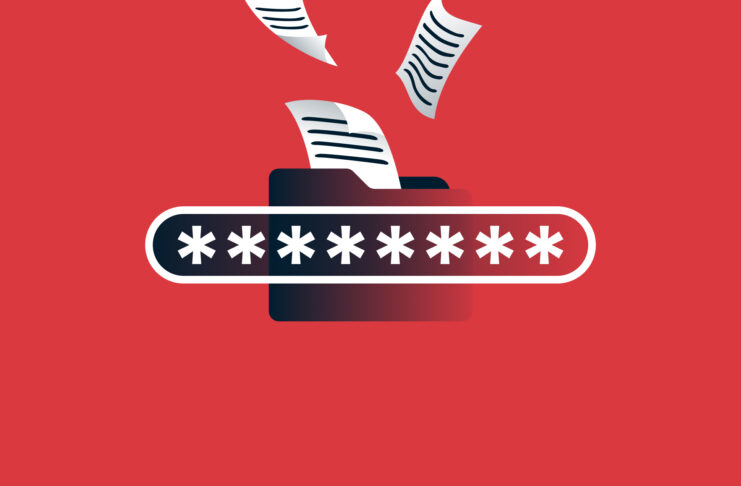- It’s been two years since Elon Musk announced his intentions to buy Twitter. At the time, he claimed that he wanted to turn the platform into a super app, similar to WeChat.
– - Following its acquisition, Twitter underwent major transformations, including a rebranding to X, company layoffs, a leadership overhaul, and several controversial shifts. These changes led to major advertisers pausing their campaigns or withdrawing from the platform completely.
– - Musk’s appointment of Linda Yaccarino as CEO signaled efforts to regain advertiser trust, although revenue loss projections remained concerning.
– - X has added new features that allow advertisers to choose specific content creators for their ads. These updates will bring the platform closer to meeting users’ needs as it strives to become the ultimate super app.
– - However, X faces significant challenges in the U.S. market, including regulatory hurdles, user privacy concerns, competition from established tech giants, and restrictions in certain countries requiring users to use a VPN to access the platform.
– - Despite these challenges, X’s potential as a super app could reshape the social media landscape if it overcomes regulatory hurdles and offers compelling alternatives for users and advertisers alike. So what would an X super app look like?
Two years have slipped by since Elon Musk’s bold April 14 move offering to acquire Twitter for 43 billion USD, a decision that whipped up a whirlwind of debates and speculations. Musk had a grand plan: to morph the platform, now rebranded as X, into a super app.
The goal was ambitious—transforming X from a social media platform into an all-encompassing tool for social interaction, financial transactions, and shopping, aiming for the kind of multifunctionality seen in apps like WeChat. Critics questioned whether this ambitious project could succeed.
The journey of X under Musk has been anything but dull. The platform has been a hub of change, garnering both praise and criticism. Company layoffs, subscription fees, increased character limits, and a total rebranding painted a picture of a company in relentless pursuit of transformation. Then, in a move that raised as many eyebrows as his purchase, Musk stepped down as CEO and transitioned to executive chairman and CTO in May 2023, aiming to focus his attention on X’s strategic direction and technological innovations.
Now, as we mark Musk’s second anniversary as X’s owner, we’re looking at how much of his vision for the platform has come to life. Amid all the changes and debates, where does X stand in its goal of being a super app?
Tweaking Tweets: A timeline of X’s transformation
Before diving deeper, here’s a quick recap of the key events and major changes at X since Musk’s acquisition. This timeline highlights major public announcements and shifts.
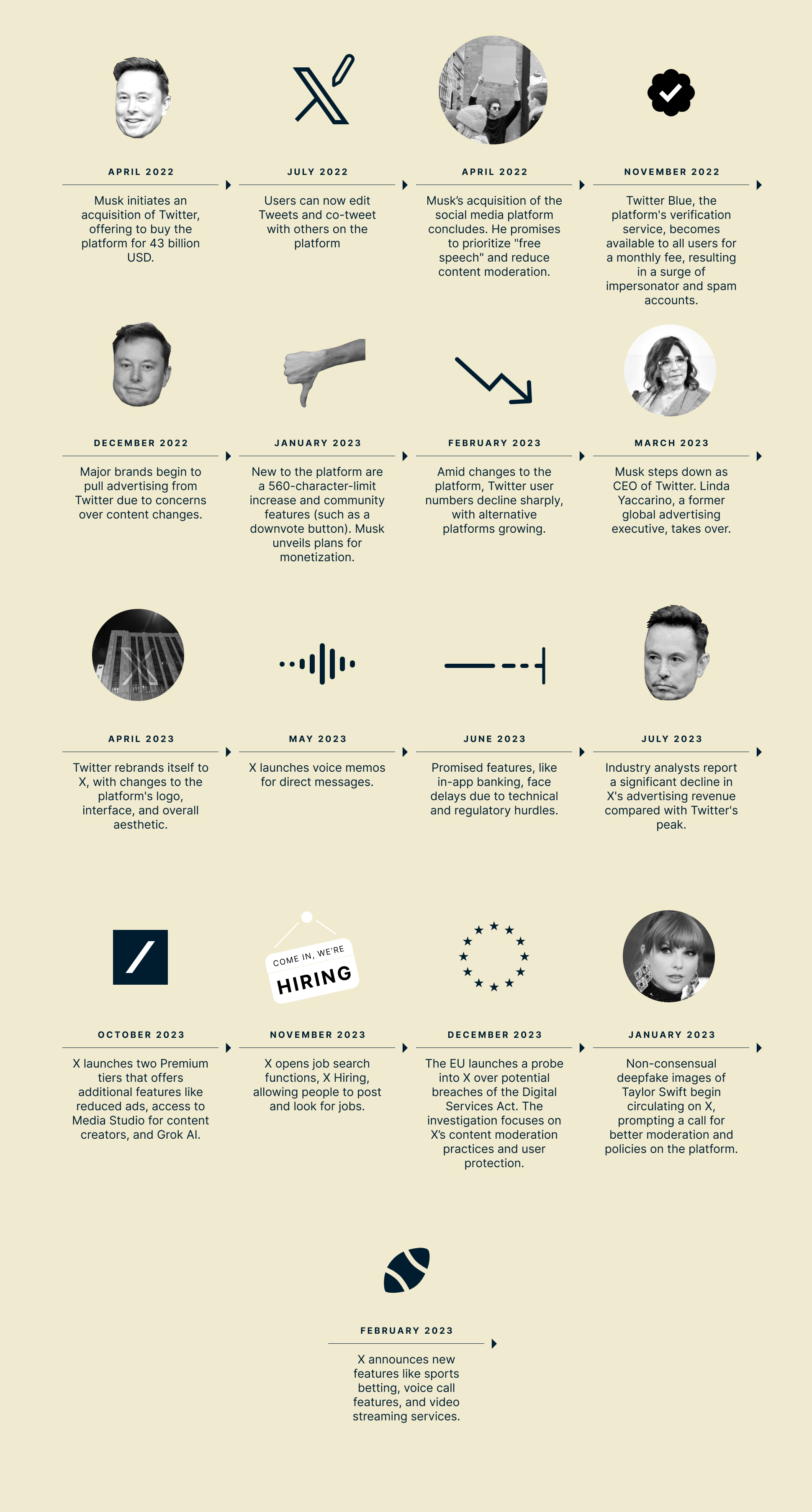
What is a super app?
Super apps are the ultimate multitaskers in the digital world, packing a diverse range of services into one platform. Unlike standard apps that serve a single purpose, super apps are a powerhouse, offering everything from messaging and social networking to payments, shopping, and more, all in one spot.
Asia-based tech giants are at the forefront of the super app concept. Take WeChat in China, for example, which has grown from a simple messaging app to an essential part of daily life, enabling users to handle their finances, shop online, and even book medical appointments. And it’s not the only one.
In Southeast Asia, Singapore’s Grab began as a ride-hailing service and has since expanded to include food delivery, payment processing, and financial services, making it an essential tool for many. In Indonesia, Gojek offers ride-hailing services along with home services like massages and manicures. Tata Neu in India provides a seamless online shopping experience, where you can buy everything from groceries and medicine to flight tickets with just a few taps.
“For those that have used WeChat, I think that WeChat’s actually a good model. If you’re in China, you kind of live on WeChat. It does everything.” – Elon Musk
Musk’s vision for X to become a super app draws heavily from the blueprints set by WeChat. He imagines X as a platform where users can engage in social interactions and access a wide range of activities, such as shopping and completing financial transactions, all within one app. The goal is to offer super apps’ seamless and integrated experience, positioning X as the central node in users’ digital lives.
Super app status: Where is X at now?
As of April 2024, X is at a crossroads in its ambitious journey to transform from a social media platform into a super app. To get a sense of how much further X has to go to achieve its goals, we’ve compared it with the existing super apps mentioned above.
Here’s how X stacks up against these giants:
| X | Grab | Gojek | Tata Neu | ||
| Original service | Social media. | Messaging. | Ride-hailing. | Ride-hailing and deliveries. | Buying goods and services. |
| Home base | U.S. | China | Singapore | Indonesia | India |
| Messaging | Text chat, and voice and video calls. | Individual and group chat, video calls, voice messages, and disappearing messages. | Text, voice messages, and video calls. | Text messages with other Gojek users | None |
| Payment gateway | Peer-to-peer payments currently in development. | WeChat Pay. | GrabPay. | GoPay. | Integration with existing payment providers. |
| Advertising | Standard ads (display, promoted tweets, video ads, and pre-roll video ads). | Varied forms of targeted ads (in-feed ads, mini-program ads, banner ads, influencer marketing). | Targeted ads and partner promotions. | Banner ads, in-app promotions, and partner promotions. | In-app promotions and promotions from other Tata brands. |
| E-commerce functionality | None | Extensive product browsing, purchasing, and delivery tracking within the app. | Food delivery, groceries, courier services. | Food delivery, groceries, and others. | Online shopping including fashion, tech, appliances, and groceries. |
| Additional services | None outside the social platform | Ride-hailing, bill payments, and bookings. | Insurance, investments, ride-hailing. | Microloans, travel and leisure, ride-hailing. | Financial services, travel and hotel booking, entertainment and lifestyle services. |
| Subscription fees | Premium version available. | None | Premium version available. | None | None |
| Loyalty program | None | Yes | Yes | Yes | Yes |
| Location-based services | Location affects content shown | Localized services and recommendations. | Localized services and recommendations. | Localized services and recommendations. | Localized services and recommendations. |
| Open API platform | Not available | Open platform for developers. | Extensive API access for developers. | API platform for businesses. | API platform for businesses. |
Right now, you can consider X more like a feature-packed social media platform than a super app. It’s venturing into new territories by introducing peer-to-peer payments and AI chatbots in beta. Yet, when you stack it up against giants like WeChat and Grab, it becomes evident that X lacks critical super app ingredients: an integrated payment system, a comprehensive suite of services, and a developer-friendly open API platform.
Easy fixes, right? Perhaps if it weren’t for X’s other hurdles.
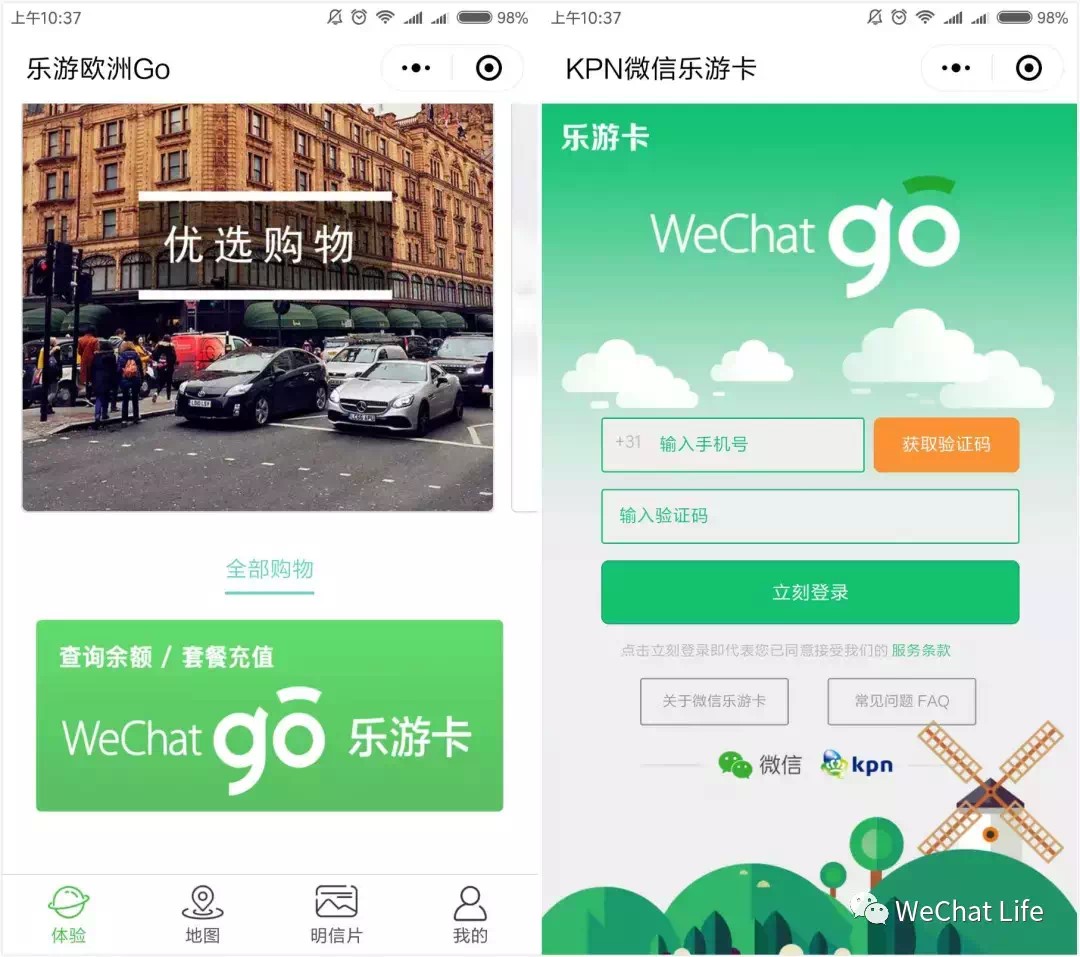
X’s struggles to grow its user base
X’s journey towards achieving super app status, especially in a competitive U.S. market saturated with giants like Facebook, YouTube, Instagram, and Snapchat, presents a notable challenge marked by its current ranking as the fifth most popular social media platform. Central to X’s struggle is its floundering user base—an important aspect that needs addressing if X is to realize its ambitious goals.
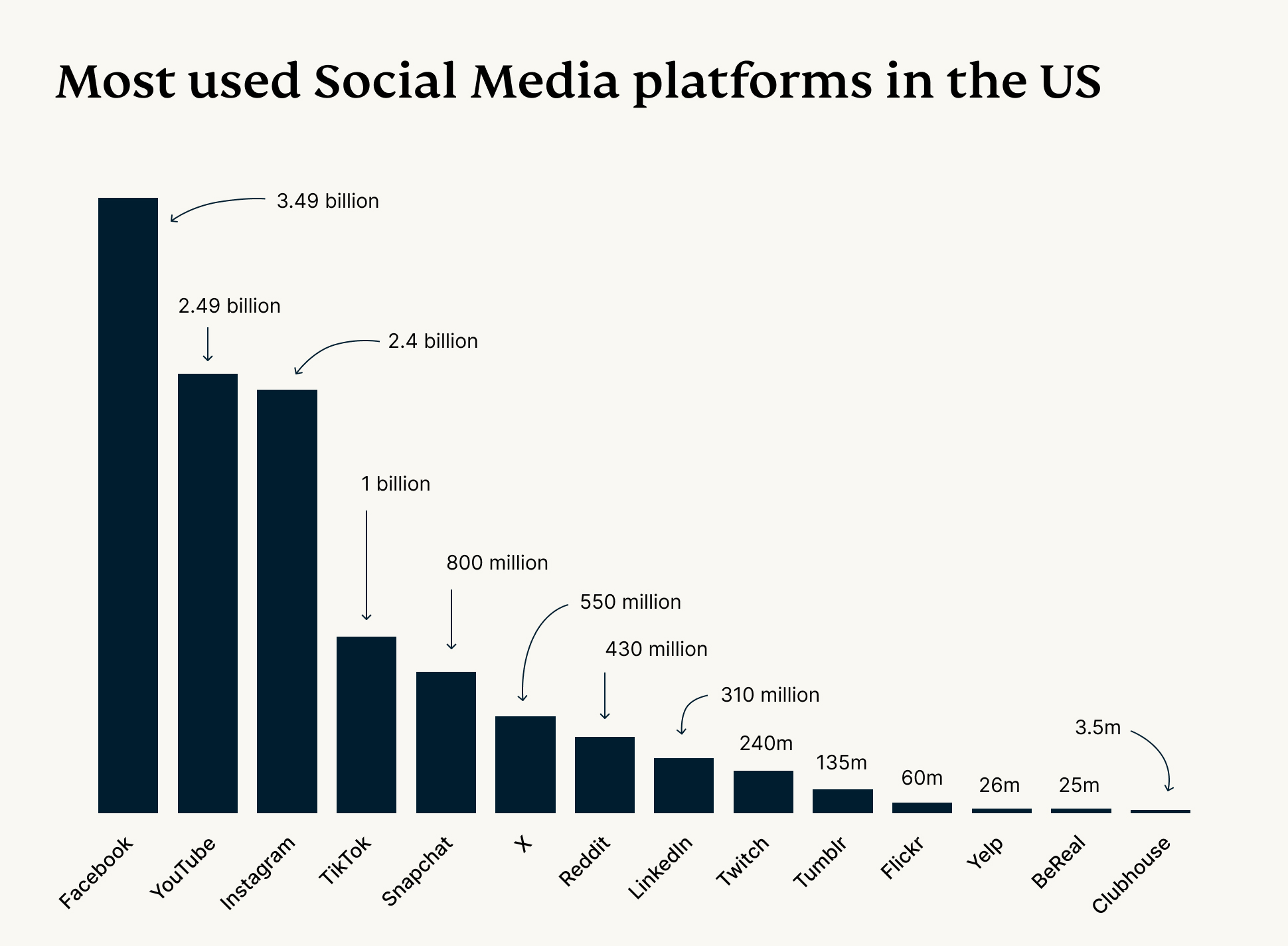
In the wake of Musk’s acquisition, X faced a notable user exodus, with a significant number seeking alternatives on platforms such as Threads and Mastodon. This shift suggested a potential vulnerability in X’s hold over its audience, hinting at the need for a strategy overhaul to retain users. However, despite these initial migrations, the appeal of starting anew on other platforms waned, and the tide appeared to turn for X.
In March 2024, Musk painted a picture of resurgence, claiming X had 550 million monthly active users and was witnessing daily additions of 1.7 million people (this equates to approximately 51 million people joining each month). This narrative suggested a recovery and a burgeoning expansion, projecting an annual increase that could significantly bolster X’s user base.
But that’s not all. In a series of recent tweets, X further emphasized enhanced user engagement. They claimed:
- On average, X users spend 30 minutes a day on the platform.
- X sees over 8 billion daily active user minutes on average in 2024.
- X users engage with brands more than ever, with 63% more likes, 20% more reposts, 14% more views, and 6% more impressions on average.
- On average, there are more than eight billion video views per day in 2024.
However, this rosy picture isn’t a full view. Citing independent research, NBC News reported that X’s active user count in the U.S. has rapidly declined since November 2022. The platform’s daily active users in the U.S. dropped by 18% in the past year—a steeper decline than seen by any of its competitors. Even if user engagement and new users are growing, the overall user base is still on the decline. This means existing users aren’t sticking around—especially in the U.S.
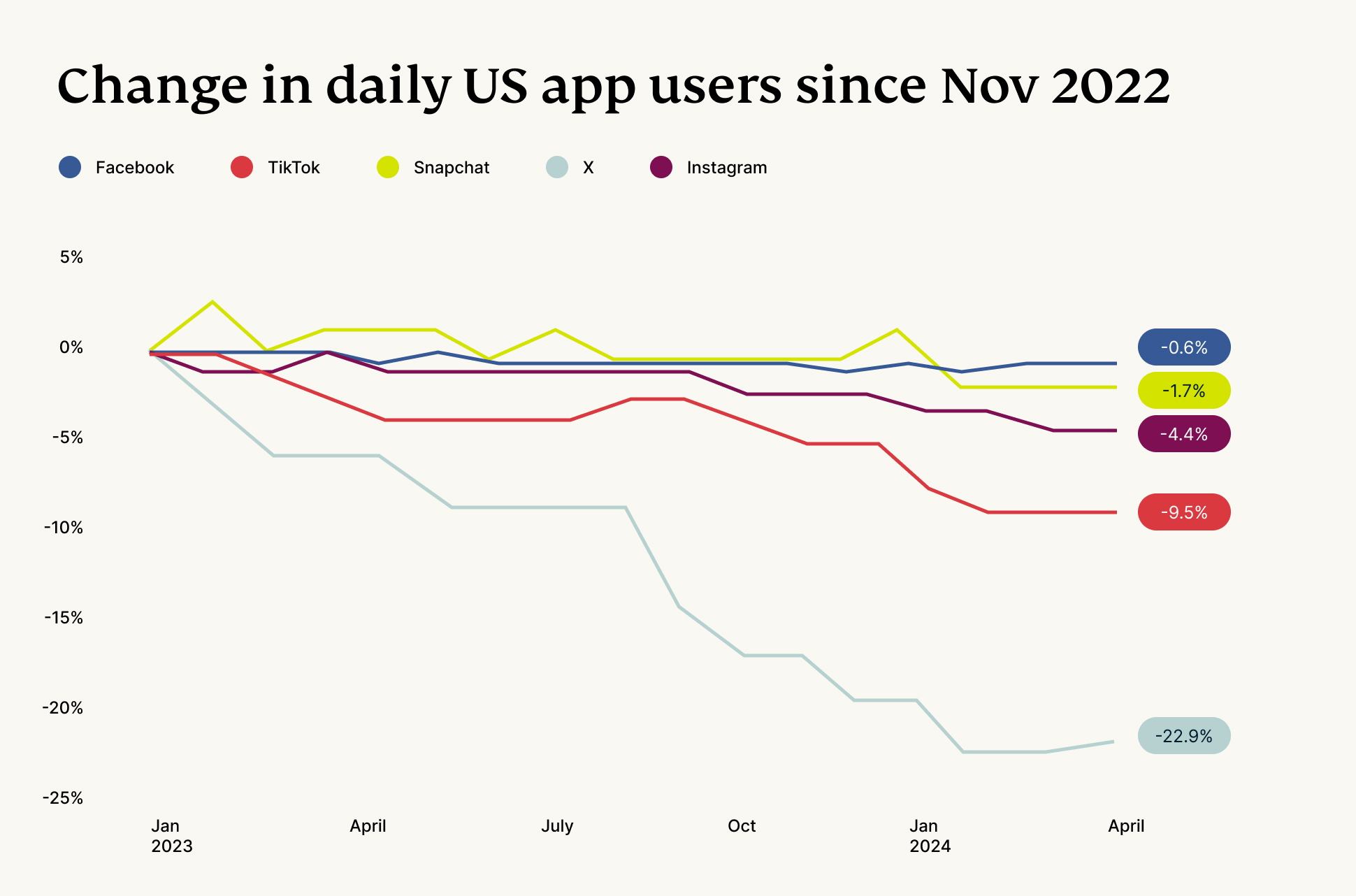
X’s privacy concerns
It’s also worth noting that the existing super apps we’ve mentioned are located in less privacy-friendly countries, which might enable them to move more quickly in developing their many services. By comparison, users in the U.S. (and Europe) would demand a high degree of privacy protections.
X has already faced its share of privacy-related controversies. Last month, it was at the center of a new uproar with the introduction of free audio and video calling features. This enhancement, while potentially attractive, was marred by its implementation: the features were activated automatically for users, leading to unintended data sharing without consent. The oversight highlights a serious privacy concern, especially since the functionality is currently limited to mobile use, with desktop calls via internet browsers yet to be supported.
X’s reliance on a peer-to-peer network for these calls further complicates privacy matters. This network setup, while efficient, inadvertently exposes users’ IP addresses, making it a significant privacy risk. Users concerned about their privacy would need to resort to using VPNs on their devices like iOS or Android, or a VPN for Chrome and other browsers, to shield their real IP addresses. This workaround, though feasible, places an additional burden on users to protect their privacy, potentially eroding trust in X.
As the app pushes towards expanding its suite of services, any missteps within user notification and data protection could alienate its user base. This is especially pertinent for a platform aspiring to super app status, which inherently requires access to a broad spectrum of user data for functionality.
To regain and maintain user trust, X needs to prioritize transparency and user consent, particularly when rolling out new features or changes that affect data privacy. Users’ increasing vigilance and demand for privacy could lead them to abandon the app in favor of more secure alternatives, posing a significant hurdle to X’s ambitions.
Making up for lost revenue
Advertisers are the lifeblood of most social media platforms. After Musk’s acquisition, X faced technical difficulties and saw the proliferation of hateful and offensive content on its platform. Fake accounts were also proving to be a problem. For example, a month after Musk took ownership of the platform, an account pretending to be pharmaceutical company Eli Lilly posted a tweet that it would provide free insulin shots to customers. This caused chaos for the brand. Following the controversy, the pharma titan halted all advertising campaigns on X, costing the platform millions in lost advertising revenue.
While X tried to fix problems as they arose, it was too much for prolific advertisers like Apple and Disney who also pulled their advertising. In mass-exodus fashion, companies including IBM, Comcast (NBC Universal)—X’s fifth and eighth largest advertisers—Coca-Cola, Sony, and Paramount followed suit. Media Matters, a media watchdog group, revealed that 50 of X’s top 100 advertisers, accounting for approximately 750 million USD in revenue, in 2022 had either cut back on ad spending or pulled out entirely. That year, X’s monthly U.S. ad revenue declined by at least 55%, according to reports by Reuters.
In a move seen by many as a response to the advertising struggles, Musk stepped down as CEO of X in May 2023. Shortly after, Linda Yaccarino, a former chairman for global advertising and partnerships at NBCUniversal, took over.
X then introduced four subscription tiers to diversify its earnings in October 2023—from a free plan to Premium+ plan that starts at 16 USD a month. These subscriptions offered users a choice to pay more for an ad-free experience. This move aimed to generate income beyond advertising.
However, the move backfired as it further alienated users. Many balked at paying for features they felt should be free—and the paywall hindered the growth needed to create a massive user base worthy of a super app.
Currently, X is still on its journey to win advertisers back. The company announced in February 2024 that it would roll out a feature where advertisers could run their ads next to certain content creators, giving them more control. Whether this will help regain advertiser confidence remains to be seen.
So far, Netflix—which ceased advertising with X in 2023—has since returned to the platform. However, X will need to continue attracting larger advertisers to turn a profit and potentially look at how it charges users for certain features.
Could a super app work in the U.S.?
There’s no denying that super apps are convenient. They let you hail a ride, order groceries, and let you pay your bills all on a single platform. It’s a setup that works well in Asia—a technology-driven region. However, if X were to overcome its most pressing challenges, would the U.S. market even be open to the idea of an X super app?
1. Lack of a specific need
Super apps like WeChat, Grab, Gojek, and Tata Neu didn’t achieve their dominant status overnight. They began by solving specific and critical customer needs within their regions.
WeChat, for example, capitalized on the already popular mobile messaging scene in China, offering a familiar platform with added functionalities like mobile payments. Gojek recognized the reliance on motorbike taxis in Indonesia and built a user base by offering a convenient and reliable way to hail rides. Similarly, Grab emerged in Southeast Asia by tackling the inefficiencies of ride-hailing services.
This initial success as the go-to app for customer pain points fostered immense trust and user loyalty. People were already comfortable using the platform, making them more receptive when these apps began integrating additional features. Adding services like food delivery, bill payments, or booking trips became natural extensions within a trusted ecosystem. Users benefited from the convenience of having everything they needed in one app, further solidifying the app’s dominance in their daily lives.
However, X doesn’t meet the same needs in the U.S. Many established platforms already cater to specific needs. People use WhatsApp to message friends and family, apps like DoorDash to order food, Booking.com to book trips, and Uber to hail a ride. X doesn’t necessarily tap into a specific user need, which makes its attempt to become a super app feel like an afterthought.
2. Slow e-wallet adoptions
The dominance of Asian super apps can also largely be attributed to the region’s strong mobile-first culture. The U.S., and other Western nations, haven’t adopted mobile wallet payments as readily. Instead, they prefer traditional online payment methods like credit and debit cards over e-wallets. This represents yet another hurdle for X’s journey.
Kendra Schaefer, a Trivium China analyst, explained that Tencent Holdings, the owner of WeChat, experienced a different scenario when it was establishing its early success. At that time, millions of people in China did not have bank accounts, and bank cards were not common. However, mobile phones were widely used, and they quickly became people’s wallets. On the other hand, the situation in the U.S. is different since credit cards are accepted almost everywhere, causing analysts like Schaefer to question why anyone would choose to use X for transactions instead of what’s already available.
A survey conducted by Deloitte, a consulting firm, indicates that data security worries and insufficient knowledge of the technology’s advantages are the primary barriers to the adoption of mobile payments among Americans. Even if more Americans adopt e-wallets, X will have to compete with established payment giants such as PayPal, Apple Pay, and Google Pay, which are the current market leaders.
3. Regulatory hurdles
Regulatory hurdles in the U.S. pose a significant challenge for X’s super app ambitions. America has stricter regulations regarding data privacy and antitrust compared to some Asian countries. For instance, X would face scrutiny over the vast amount of user data a super app typically collects.
As exemplified by the recent crackdown on Meta’s Diem cryptocurrency project, regulators might be wary of a single platform controlling social interaction and financial transactions within its ecosystem. U.S. antitrust regulators like the Federal Trade Commission (FTC) are increasingly vigilant against tech giants stifling competition. X’s attempt to become a super app, encompassing finance, social media, and potentially e-commerce, could raise eyebrows at the FTC. Regulators might investigate whether X is leveraging its existing user base and social media dominance to unfairly disadvantage competitors in these other sectors.
These concerns over data privacy and potential anti-competitive practices could significantly limit X’s ability to integrate the diverse functionalities needed for a successful super app in the U.S. market.
In early April 2024, in a move that heightened tensions around free speech, a U.S. congressional committee disclosed secret Brazilian court rulings demanding account suspensions on X. This disclosure comes after Musk, challenged a similar Brazilian court order, sparking accusations of censorship from both Musk and the company.
Verdict: How far is X from super app status?
Very far. The U.S. market is already packed with giants like WhatsApp, PayPal, Apple Pay, Uber, and DoorDash, and legal challenges around privacy and competition are significant barriers. However, despite these obstacles, assuming that X will follow the path of Asian super apps like WeChat might underestimate its potential. Under Musk, X is evolving in unpredictable ways, suggesting it might not just mimic existing super apps but could carve out a new niche that resonates with Western users.
Musk’s history of industry disruption hints that X’s ambition could lead to innovative solutions that redefine what a super app can be in the West. While it’s unlikely X will mirror the success of WeChat or Grab anytime soon due to different market dynamics and regulations in the U.S., it’s about more than just emulating these models. The question is whether X can introduce something completely new, reshaping our understanding of a super app.
Our bet? It can.
Do you think X will achieve its dream of becoming a super app? Let us know in the comments.
FAQ: About X as a super app
What is a super app?
A super app is a mobile or web application that integrates various services and features into a single platform. These services can include messaging, payments, e-commerce, and more, allowing users to perform multiple tasks without needing to switch between different apps. Super apps aim to provide a comprehensive ecosystem, making daily digital tasks convenient and accessible within one app interface. They’re especially popular in Asia, where apps like WeChat and Grab have become integral parts of daily life by offering a wide range of services from one platform.
What is the downside of a super app?
There are plenty of downsides to a super app, and some include privacy concerns, reliance on a single platform, and limited user control. The dominance of super apps can stifle competition in specific sectors. Smaller businesses offering niche services might need help competing against a super app’s all-encompassing features.
The vast amount of data super apps collect due to their integrated nature can cause concern. Users might need to be more informed of how their data is used, shared, and secure. App developers will also need to be more transparent about the type of data they’re collecting. Super apps might restrict user control over customization and data-sharing preferences. Users might be presented with limited options or pressured to accept bundled services they don’t necessarily want.
What are the most popular super apps?
Some of the most popular super apps worldwide include WeChat, Grab, Gojek, Tata Neu, and Rappi.
Here’s a breakdown of what these popular apps do in their respective regions:
WeChat: WeChat began as a messaging platform but has evolved to encompass many features. Users can chat, share photos and videos, make mobile payments, hail rides, order food, book travel, play games, and even access government services – all within WeChat.
Grab: Grab started by revolutionizing ride-hailing in Southeast Asia. It’s since expanded to include services like food delivery, mobile payments, digital wallets, and even on-demand services for things like groceries and courier services.
Gojek: Similar to Grab, Gojek rose to prominence in Indonesia through its ride-hailing services. It now offers food delivery, digital payments, on-demand services, and features like financial and entertainment options.
Tata Neu: A relative newcomer, Tata Neu is an Indian super app aiming to compete with established players. It offers features like online shopping, grocery delivery, bill payments, travel bookings, and loyalty program integration across various Tata Group companies.
Rappi: A prominent player in Latin America, Rappi began with delivery services like food and groceries. It has expanded to various delivery options, including pharmacy deliveries and errands. Rappi also offers mobile payments and financial services like micro-loans and digital wallets.
What is the difference between a super wallet and a super app?
Super apps and super wallets, while both aiming to enhance user experience through mobile technology, cater to different functionalities.
A super app integrates a vast array of services, allowing users to do things like order food, book rides, pay bills, and shop online. The key strength of super apps is how these services work together. Features connect and complement each other, creating a smooth user experience. Most super apps cater to specific regions and understand users’ needs and preferences in those markets.
On the other hand, super wallets like Apple Pay, Google Pay, and PayPal focus primarily on payment methods. They securely store your credit card, debit card, and other payment information, allowing you to make transactions conveniently through your phone. Super wallets might partner with retailers, food delivery apps, or ride-hailing services to facilitate payments within their platform.
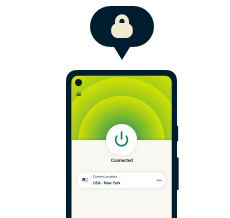
Mask your IP address with a VPN
30-day money-back guarantee


















